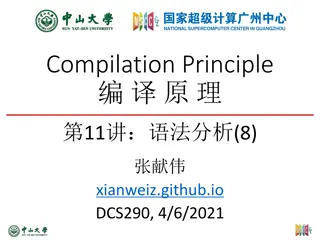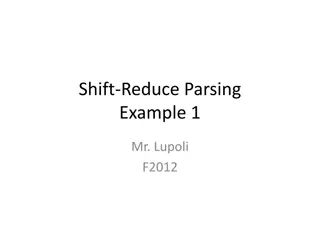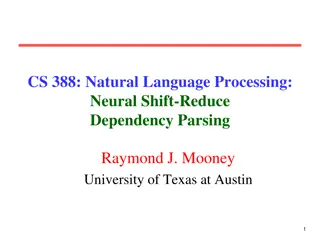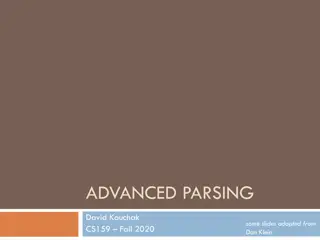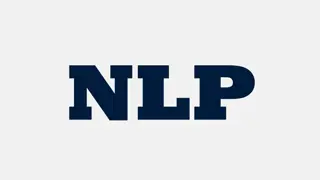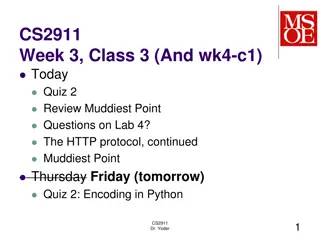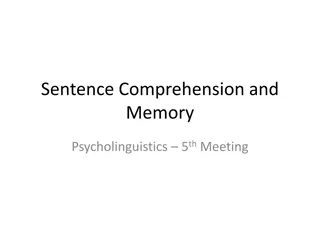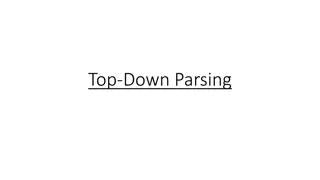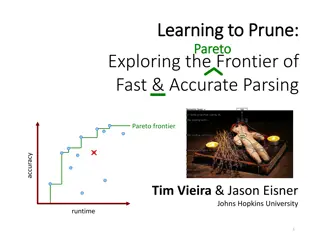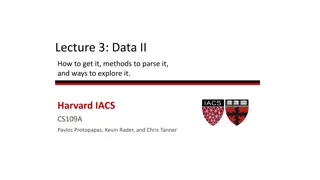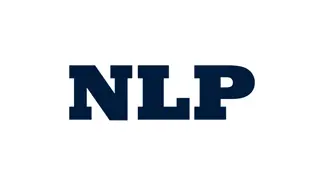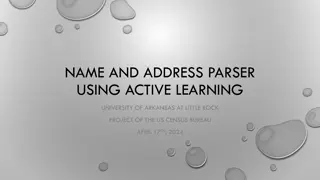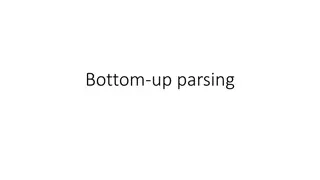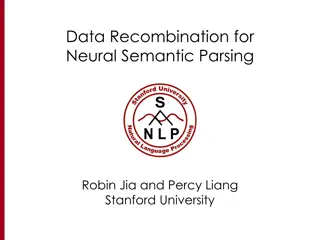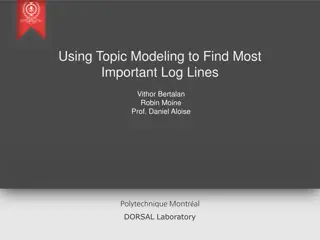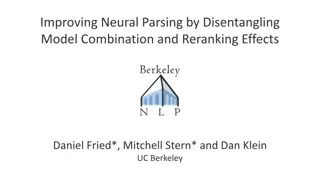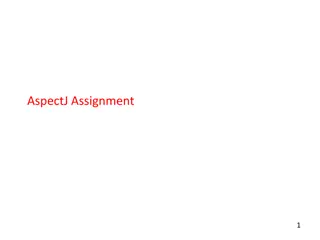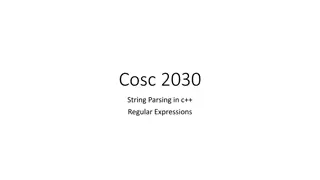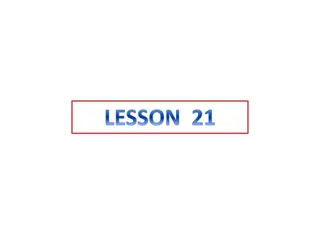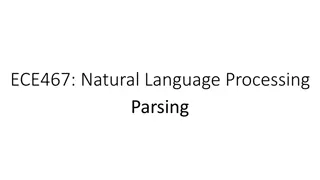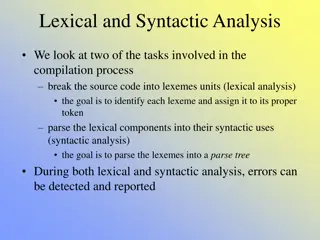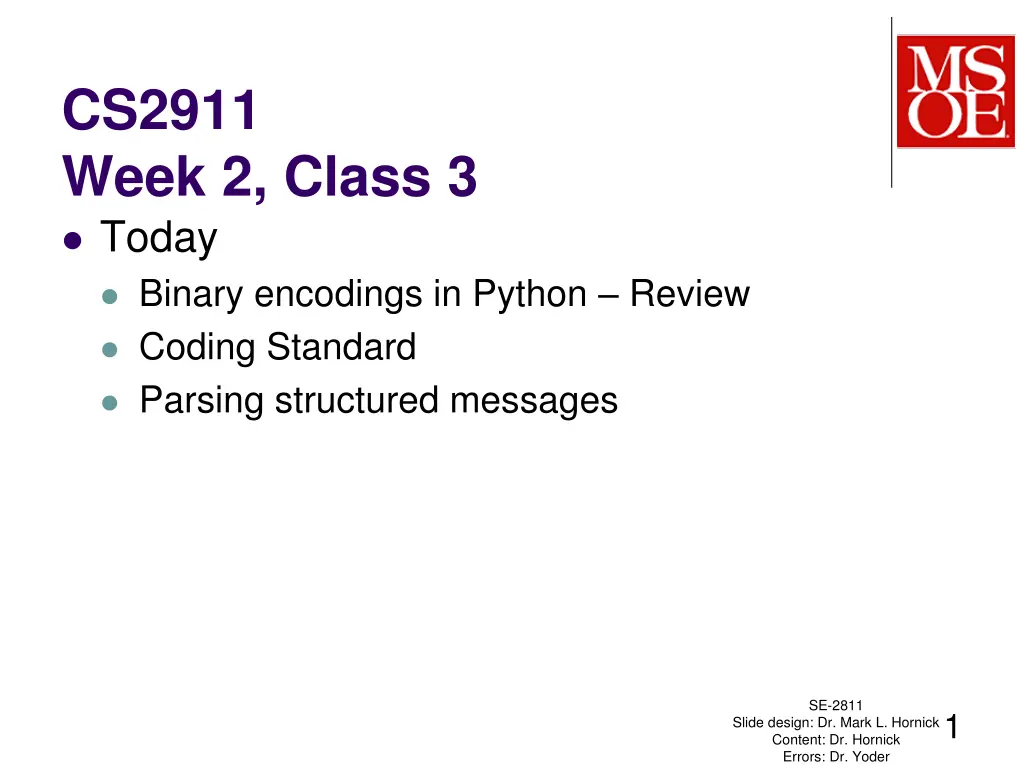
Understanding Binary Encodings and Structured Message Parsing in Python
Explore the concepts of binary encodings, message structuring, and parsing in Python. Learn about encoding message length, handling special codes, predetermined sizes, and the process of parsing structured messages. Dive into examples and exercises to enhance your understanding of working with binary data in Python.
Download Presentation

Please find below an Image/Link to download the presentation.
The content on the website is provided AS IS for your information and personal use only. It may not be sold, licensed, or shared on other websites without obtaining consent from the author. If you encounter any issues during the download, it is possible that the publisher has removed the file from their server.
You are allowed to download the files provided on this website for personal or commercial use, subject to the condition that they are used lawfully. All files are the property of their respective owners.
The content on the website is provided AS IS for your information and personal use only. It may not be sold, licensed, or shared on other websites without obtaining consent from the author.
E N D
Presentation Transcript
CS2911 Week 2, Class 3 Today Binary encodings in Python Review Coding Standard Parsing structured messages SE-2811 1 Slide design: Dr. Mark L. Hornick Content: Dr. Hornick Errors: Dr. Yoder
def next_byte(): """ Read the next byte from the sender. If the byte is not yet available, this method blocks (waits) until the byte becomes available. If there are no more bytes, this method blocks indefinitely. :return: the next byte, as a bytes object with a single byte in it """ SE-2811 Dr.Yoder 2
Encoding Message Length Field at start of message 03 31 0d 0a Special code at end of message 31 0d 0a 00 HTTP header lines: 0d 0a Predetermined size UDP header Last class: Slide 37 SE-2811 Dr.Yoder 3
Parsing Messages Field at start of message Read field you know exactly what is where Special code at end of message Keep reading until you find the code Predetermined size Read all fields you know exactly what is where Last class: Slide 38 SE-2811 Dr.Yoder 4
Example Consider the following message format: A message holds several numbers. Each number is stored with a variable number of bytes; a single byte sent before each number stores how many bytes are in the remainder of the number. Both this size and the number itself are stored as raw binary numbers (in network order).After the last number, a 0 size byte is sent to indicate the message is over. SE-2811 Dr.Yoder 5
Exercise Consider the following format: A message consists of lumps . Each lump consists only of (1) a single size byte and (2) data bytes. The size byte is encoded as an ASCII decimal digit. This number tells the number of data bytes in the remainder of the lump. The last lump stores a 0 in the size byte. Give an example of such a message in hexadecimal shorthand and the data it carries6
Exercise Consider the following format: A message consists of lumps . Each lump consists only of (1) a single size byte and (2) data bytes. The size byte is encoded as an ASCII decimal digit. This number tells the number of data bytes in the remainder of the lump. The last lump stores a 0 in the size byte. Brainstorm a list of as many sub-methods for a program to parse this file as you can. 7
Exercise Consider the following format: A message consists of lumps . Each lump consists only of (1) a single size byte and (2) data bytes. The size byte is encoded as an ASCII decimal digit. This number tells the number of data bytes in the remainder of the lump. The last lump stores a 0 in the size byte. Write pseudocode to read in the file and stop before reading past the end. 8
SE-2811 Dr. Josiah Yoder 10
Example Consider the following format: A message consists of several bytes telling the size, followed by that many data bytes. The number of size bytes can vary, and a null byte (b \x00 ) marks the end of the size. The size is stored as a raw binary number. (This format cannot hold arbitrarily-sized messages, e.g. a 256-byte message could not be used because the size would include a zero byte before it is terminated) Dr.Yoder SE-2811 11
Example Consider the following message format: A message holds several numbers. Each number is stored with a variable number of bytes; a null byte (b \x00 ) marks the end of each number. The number itself is stored as a raw binary number (in network order). Zeros and numbers containing null bytes cannot be sent. After the last number, a second null byte marks the end of the message. SE-2811 Dr.Yoder 12
Acknowledgement This course is based on the text Computer Networking: A Top Down Approach 7th edition Jim Kurose, Keith Ross Addison-Wesley SE-2811 Dr. Josiah Yoder 13

